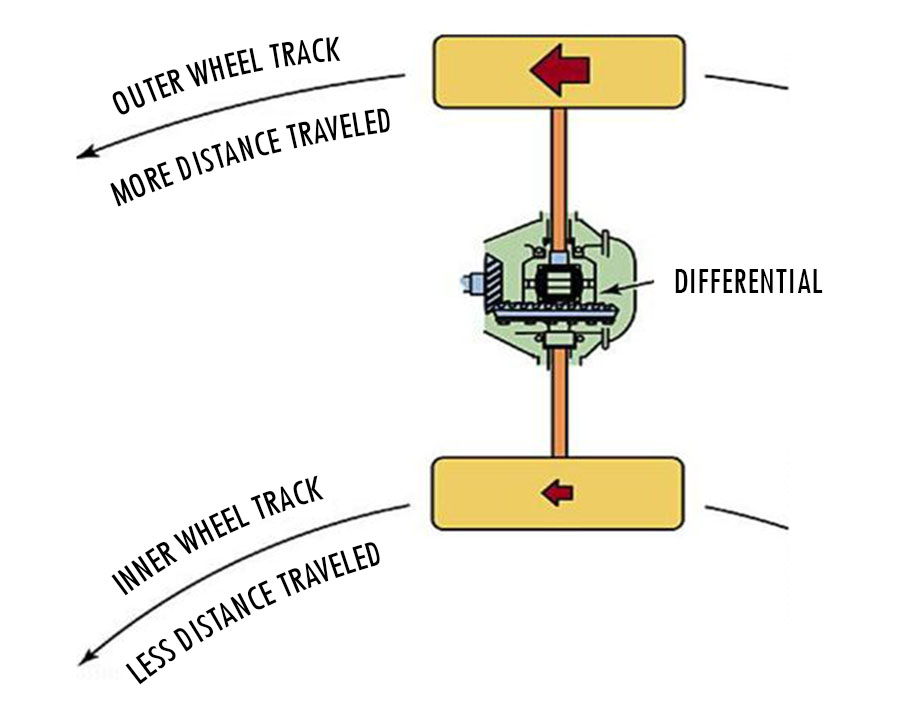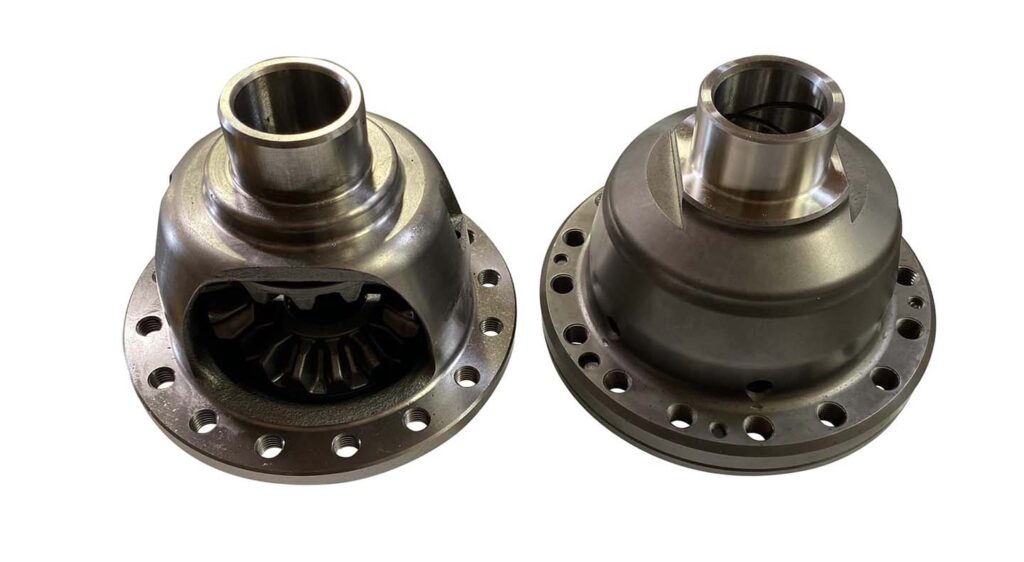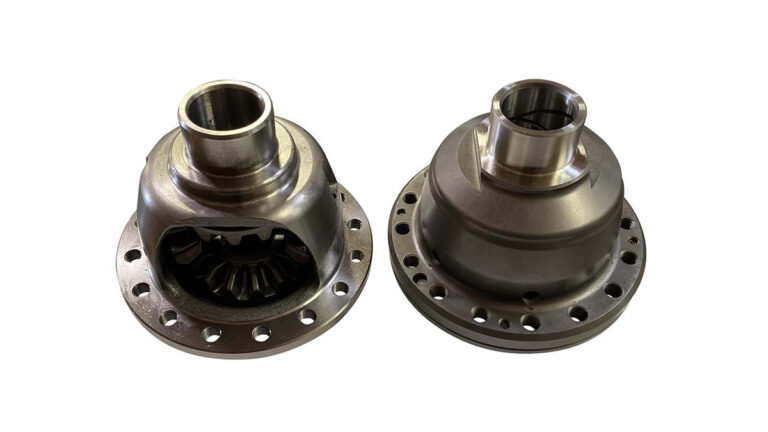A differential is an essential component in the drivetrain of any vehicle. Its main function is to transfer the power from an engine to the wheels and aid it in steering. But what about Teslas? Teslas have electric motors integrated into the axle; do they have a differential?
Do Teslas have differentials? Yes, all Teslas have differentials, and they perform the same duty as in a traditional engine-powered vehicle.
A Tesla may be equipped with one or more differentials depending on if it is a rear-wheel drive or all-wheel drive model. For example, a Standard Range RWD Tesla Model 3 has one differential at the rear, while a long-range dual-motor AWD Tesla has one differential at the rear and another differential at the front.
What is a differential?
A car differential is a mechanical component made up of a system of gears that transmit power from the motor to the wheels, while also allowing these to rotate at different speeds during turns. Allowing the wheels on the same axle to turn at different speeds is essential as the outer wheel travels further than the inner wheel when a car goes around a corner.

All cars have some form of differential. Front-wheel drive cars integrate it into the transmission housing and connect to the front axle. Rear-wheel drive cars usually have a different separate housing in the rear axle between the rear wheels, connected to the engine and transmission by a driveshaft.
Traditional all-wheel-drive cars have a center differential to distribute the power to the front and rear axles. Electric all-wheel-drive vehicles don’t have a center differential as they have at least two motors, one for each axle.
Why do Teslas need a differential?
As long as both of the wheels in a single axle are powered by a single motor, there is a need for a differential to distribute the power to both output shafts while also allowing a degree of rotational speed difference to ensure a comfortable ride and reduce tire wear.

Even though Teslas and other EVs don’t need to transmit power from a combustion engine to the wheels, they still need a set of gears that allows the wheels to turn at different speeds while turning and send power to the drive wheels. The differential is the simplest way to achieve that.
How do Tesla differentials work?
How does a differential in a Tesla work? Does it differ in form and functionality from a traditional car? A differential in a Tesla Model 3 is integrated with the electric motor, and this assembly as a whole is called a drive unit.
The Tesla drive unit consists of the inverter, a lubrication sump, an open differential, among other parts, and of course, drive unit fluid, which is a form of oil to keep the differential well lubricated.
All these parts in conjunction transfer the power and torque generated by the inverter to the wheels, which in turn puts the car in motion. The only part that differs from a traditional car is the way the electric motor is integrated into the differential assembly.
What is an open differential?
Teslas are equipped with open differentials, which is the simplest and most common form of differential and allows the wheels to turn independently from each other. This type of differential is simple to manufacture, compact in size and has low maintenance requirements.
The downside of open differentials is that it always sends power to the wheel encountering the least resistance, or in other words, the one with less traction. For example, if one wheel is on ice or on the air, an open differential will send most of the power to it while the other one gets almost none. This is when Tesla’s advanced traction control comes into play.
In situations where one wheel is spinning much faster than the rest, the wheel speed sensor working in conjunction with the traction control system will cut power or brake the spinning wheel so that the other wheel can regain movement. The mechanical limitation of an open differential can be reduced to some degree by electronic traction and stability control.
Limited-slip differential
A limited-slip differential (LSD) is another type of differential that limits the amount of wheelspin when any of the driven wheels loses traction. When one of the wheels loses traction, the power can still flow to the other wheel. The speed difference between the two output shafts is limited.
Having a limited-slip differential is an advantage in vehicles with high torque and high horsepower, such as Teslas, where wheelspin and lack of traction can be an issue due to the instant torque of electric motors. The disadvantage of limited-slip differentials is they’re more complex and cost more than open differentials.
Can you upgrade the differential on your Tesla?
You can upgrade the factory open-differential to a limited-slip differential on your Tesla. If you want to extract the maximum performance out of your car and put most of the power to the ground, you would need a limited-slip differential.

With an open differential, the traction control, brakes, and stability control slow down the vehicle when you need maximum power output. These electronic measures try to emulate the behavior of an LSD via electronics, but a mechanical LSD is superior and will lead to increased performance.
Currently, there are LSD kits for the Tesla Model 3 and the Tesla Model Y. The Performance Limited Slip Differential Upgrade is a direct replacement for the stock open differential. Note that upgrading the differential on your Tesla will bring no benefit unless you track the car or drive it close to its limits.
Conclusion
Despite being electric vehicles with a different drivetrain than internal combustion vehicles, Teslas are equipped with one or more differentials depending if its an AWD, or RWD model. A differential is still the simplest way to transfer power from a motor to an axle, and even in a Tesla there is no need to reinvent the wheel.

